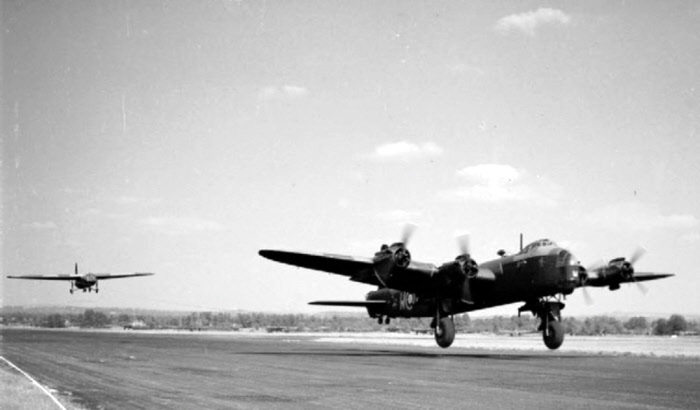
William Henry Battye was born in the Huddersfield area in summer 1918. the second son of three children born to Lewis Rees Battye (born 18 April 1892) and Mary Emma (nee Exley) who were married at St Paul’s Church, Huddersfield on the 30th August 1913. Lewis was 21 years of age and a clerk of 12 Love’s Yard, Huddersfield and his new wife, Mary Emma Exley was 19 years of age and living at 55, St Andrew’s Yard, Huddersfield.
William Henry’s mother, Mary Emma (nee Exley), was the eldest of four surviving children of Earlsheaton couple, Ledgard Exley, an insurance agent and his wife Emma. The couple had nine children from their 1886 Earlsheaton marriage, but tragically five of these children had died before Spring 1911. All of the surviving children were born in Dewsbury, except for Mary Emma, who was born in Philadelphia USA. In 1911 Mary Emma Exley was working as a cotton roving frame doffer and living with her parents and siblings in a two roomed home at 65, Wakefield Road, Moldgreen, Huddersfield.
William Battye married Elizabeth Ann Smith in the Wakefield Registration District in 1943 and the couple lived in Flushdyke, Ossett.
The 7th (Airborne) Battalion of the King’s Own Scottish Borderers had moved from Scapa Flow in the Orkney Islands to Woodhall Spa in Lincolnshire in November 1943 in preparation for airborne conversion using gliders as a means of rapid transport. In early 1944, numerous training exercises were being undertaken in preparation for the Allied invasion of north-western Europe that year.
On the 4th April 1944, 1 HGSU, Horsa 1 glider, LG999 towed by Stirling IV LJ-842 of 196 Squadron took part in a large scale glider exercise (code named ‘Exercise Dreme’.) Airborne from RAF Keevil, Trowbridge, Wiltshire, the cross-country night exercise of various legs was to take 3.5 hours and the gliders were to be released over Brize Norton in Oxfordshire. The glider occupants were two glider pilots and members of No. 3 Platoon, ‘A’ Company, 7th (Airborne) Division, King’s Own Scottish Borderers, including Private William H. Battye.
Low cloud was reported in the Lewis area and on the leg from Lewis to Winchester, as the towing aircraft descended through cloud, it hit a tree. The glider released immediately and crashed at Warnford. All 27 men onboard Horsa LG999 were killed. The Stirling flew on for another 15 minutes, when it stalled, possibly due to a failure of the port outer engine and crashed at 21:00 hours one mile south-west from Romsey, some 18 miles from the site of the glider crash and all six crew members were killed. 18 gliders crashed during Operation Drene, but LG999 was the only one with fatalities.

Above: Stirling bomber towing a Horsa glider.
Private William H. Battye died on the 4th April 1944 aged 25 years and is buried at Wakefield Cemetery, Section C, Grave 1141.
References: